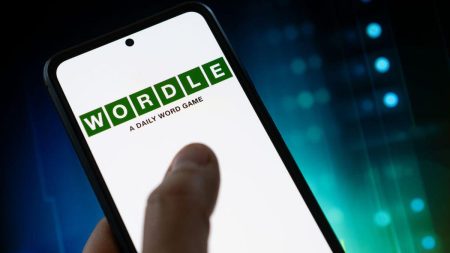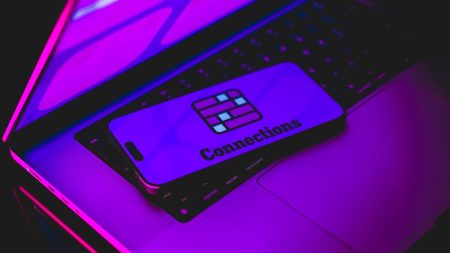Widespread access to solar power is crucial for transitioning the US away from fossil fuels and towards renewable energy. However, the high cost of rooftop solar panels, which can reach tens of thousands of dollars, has made it difficult for many Americans to afford them. In response to this issue, the Biden administration announced $7 billion in grants for Earth Day to support programs like Solar for All, which aim to make clean energy more accessible by providing free or low-cost rooftop solar panels or community solar access. These programs have the potential to save households hundreds of dollars on utility bills and increase the adoption of solar energy nationwide.
Solar for All encompasses various programs that support the switch to solar energy for low- to middle-income households. Community solar plays a key role in this initiative, allowing homeowners and renters alike to access solar energy through shared solar farms. This option is particularly beneficial for those whose homes are shaded or for whom the cost of installing a solar panel system is prohibitive. Additionally, some Solar for All programs provide free rooftop solar panel systems to low- and middle-income households, boosting home values and significantly reducing electricity costs. By circumventing the upfront equipment cost, Solar for All programs are making solar energy more accessible to a wider range of individuals and families.
The federal Solar for All funding announced by the Biden administration is expected to create 200,000 union jobs over five years and generate significant savings for overburdened households. The funding will be allocated to 60 grantees who have demonstrated their commitment to bringing clean, affordable solar energy to low- to middle-income communities. The expansion of Solar for All programs at the state level, with grants totaling $5.5 billion for 49 states and $500 million for Native American tribal governments, will further increase access to solar energy across the country. These initiatives have the potential to add 2.9 gigawatts of solar capacity to the grid and result in billions of dollars in savings for households over the next five years.
While state-level Solar for All programs are still in development, residents of Illinois, New York, and Washington, D.C. may already be eligible to apply. Additionally, forty-nine state-level grantees, six Native American tribal governments, and five multistate grantees have received funding to implement Solar for All programs in all 50 states, D.C., Puerto Rico, and Guam. Those interested in participating in these programs should keep an eye on their development and inquire with local government officials, solar companies, or nonprofit organizations for more information. Eligibility for Solar for All programs varies depending on the specific benefits being sought, with some programs available to all and others restricted to low- to middle-income households based on income verification.
In conclusion, Solar for All programs are crucial for increasing access to solar energy and reducing reliance on fossil fuels. By offering free or low-cost rooftop solar panels and community solar access, these initiatives aim to make clean energy more affordable for low- to middle-income households. The recent federal funding announced by the Biden administration will support the expansion of Solar for All programs at the state level, creating jobs and generating savings for households across the country. As these programs continue to evolve, it is important for individuals to stay informed about their eligibility and take advantage of the opportunities available in their area to benefit from solar energy.














